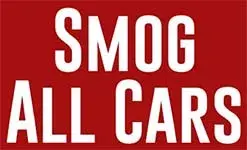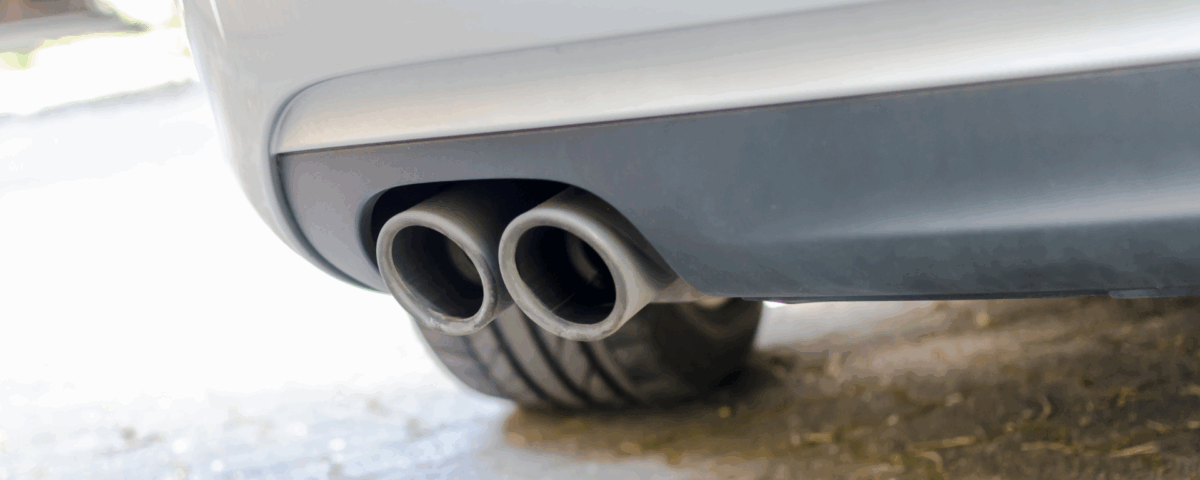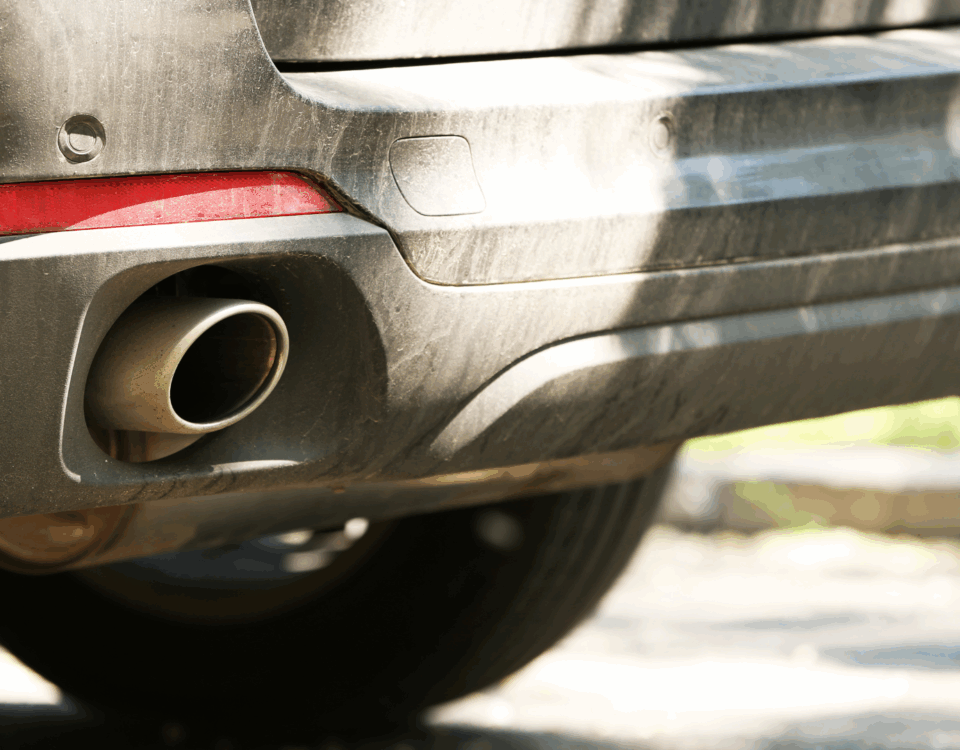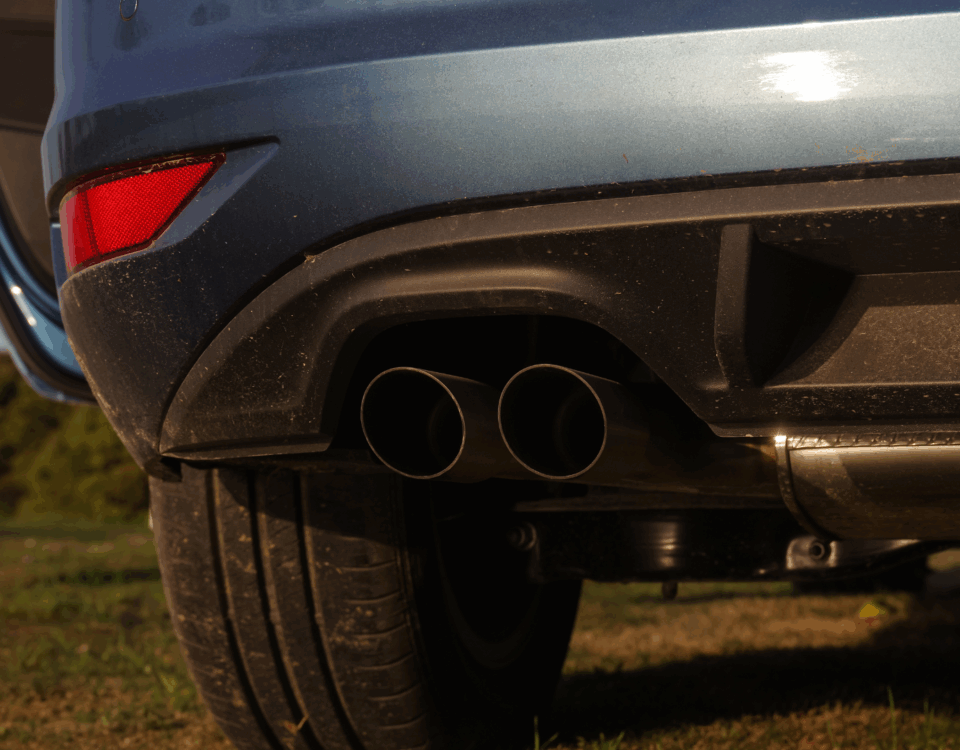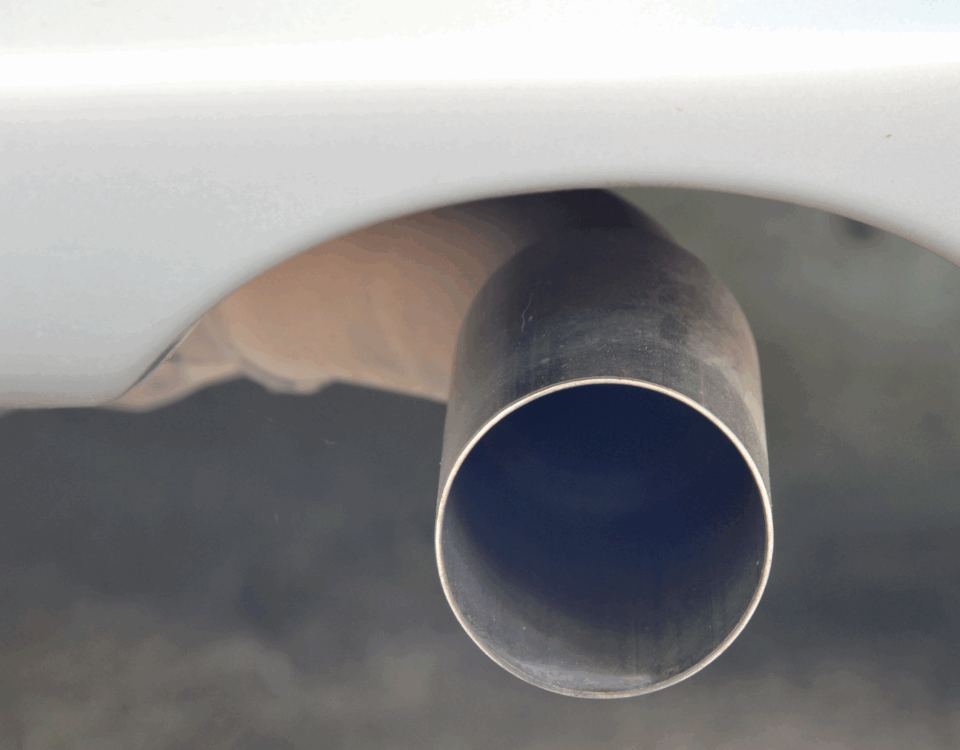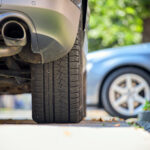
Common Reasons for Failing a Smog Check and How to Avoid Them
May 12, 2025
The Most Frequent Causes of Failing a Smog Check
May 12, 2025The Purpose Behind a Smog Check
A smog check is designed to ensure that your car isn’t releasing pollutants above legal limits. The test evaluates several parts of the engine and emissions system to identify whether it meets clean air standards. It’s an important step for environmental safety and vehicle compliance.
Faulty Emissions Control Components
When emissions control parts like the EGR valve or PCV system fail, it leads to increased pollution. These components help regulate and recycle engine gases. If they malfunction, your vehicle may not pass a smog check. Replacing faulty parts promptly helps ensure you meet emissions standards.
Check Engine Light Is On
A check engine light is an automatic failure in most smog check systems. Even if your vehicle is running fine, this warning means something is wrong within the emissions system. Diagnosing the cause and fixing the issue before a smog check will help you avoid failure.
Issues with the EVAP System
The EVAP system controls fuel vapors to prevent them from escaping into the atmosphere. Cracked hoses or faulty valves in this system can trigger emissions problems. These leaks often go unnoticed until a smog check is failed. Having your EVAP system inspected regularly can prevent surprises.
Preparation Is Key for a Successful Smog Check
Taking the time to address minor issues before your smog check can save time and money. Drive your car regularly to keep systems functioning, fix any dashboard warnings, and consider a pre-test inspection. These steps help ensure a smooth smog check experience.
Read More:
The Most Frequent Causes of Failing a Smog Check
Common Reasons for Failing a Smog Check and How to Avoid Them
